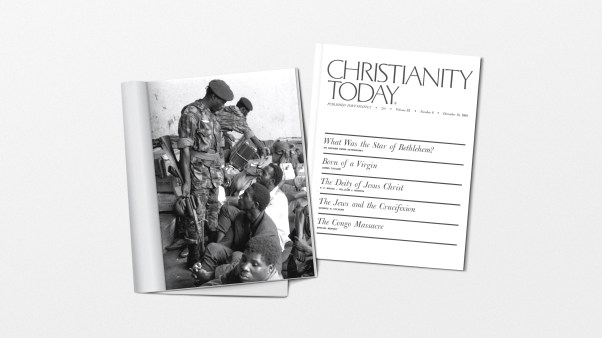“Bull! This is all a bunch of bull!” Mrs. Abbott was somewhat displeased with my new ideas for children’s ministry. Trying to bring change to an established congregation isn’t easy.
Our church was one of the oldest in our denomination. The church has practiced the traditional Sunday school model forever. It was the most sacred of cows. But the Children’s Committee had an increasingly difficult time recruiting volunteers, technology was changing the way children learn, and our ministry needed a shot in the arm. Our plan included moving the traditional Sunday school to a workshop rotation model (see www.rotation.org), which prompted Mrs. Abbott’s forceful comments.
However, I discovered a gem through this process: there’s a way to bring significant change to even the most historic church. Our church adopted the new children’s ministry model with little fighting, almost no wounds, and a lot of excitement. How can this be?
The gem I discovered was the “model for planned change,” an eight-step model for navigating the murky waters of institutional change developed by Minneapolis researcher James Mason. I reduced the eight steps to five as I worked with the committee to bring the innovation to our congregation.
1. Look back.
The committee spent a great deal of time exploring the historic values of our children’s ministry. We had always valued teaching the Bible to children in age appropriate and relevant ways, building relationships between adults and children, and reaching the unchurched. We highlighted these values and expressed them in letters to our children’s workers and parents. Everyone needed to know we were carrying the torch of our past into the future.
2. Look forward.
While honoring the past, we faced the challenges of the present. We did not cast the new idea as a solution to a failed program of the present. So many people in our church had sacrificed time, energy, and money to create and sustain the current system. To call it a failure we would have alienated many in our church body. Instead, we highlighted the challenges of the present and how we needed to overcome those challenges in a way that preserved our historic values. In some respects, we were not changing; we were working hard to remain the same.
3. Involve the legitimizers.
There are a few people in any congregation who can kill a new idea with just a roll of their eyes. They can endorse any idea with a nod of the head. The committee identified 30 key legitimizers and personally presented the new concept to each of them. We made sure they were never caught off guard at a church meeting or by a hallway conversation. In fact, they became advocates of the new plan even before the news went public.
4. Involve the congregation.
We spread the idea methodically through the congregation. We invited all the children’s workers and parents to a meeting with a guest speaker who presented the new model and answered questions. Next we formed work groups and invited church members to brainstorm changes to the physical space, help us develop curriculum, and volunteer their skills. After six months, the whole church owned the idea.
5. Generate excitement.
During a Sunday night service, we presented the new model. After I preached on our historic values, a guest speaker presented the philosophy behind the model. The committee created a wonderful presentation complete with professional sketches and models of the new children’s space. The evening ended with buzzing excitement. We had moved from “It’ll never happen” to “It might happen” to “It has to happen.”
Change is possible even in an old, historic church. Of course, Mrs. Abbott still hates the idea. But through it all, I learned that the real obstacle to change is not the Mrs. Abbotts of the world but my courage and ability to lead. These steps made me a better leader.
Todd PylantBenbrock, Texas
Copyright © 2005 by the author or Christianity Today/Leadership Journal.Click here for reprint information onLeadership Journal.









